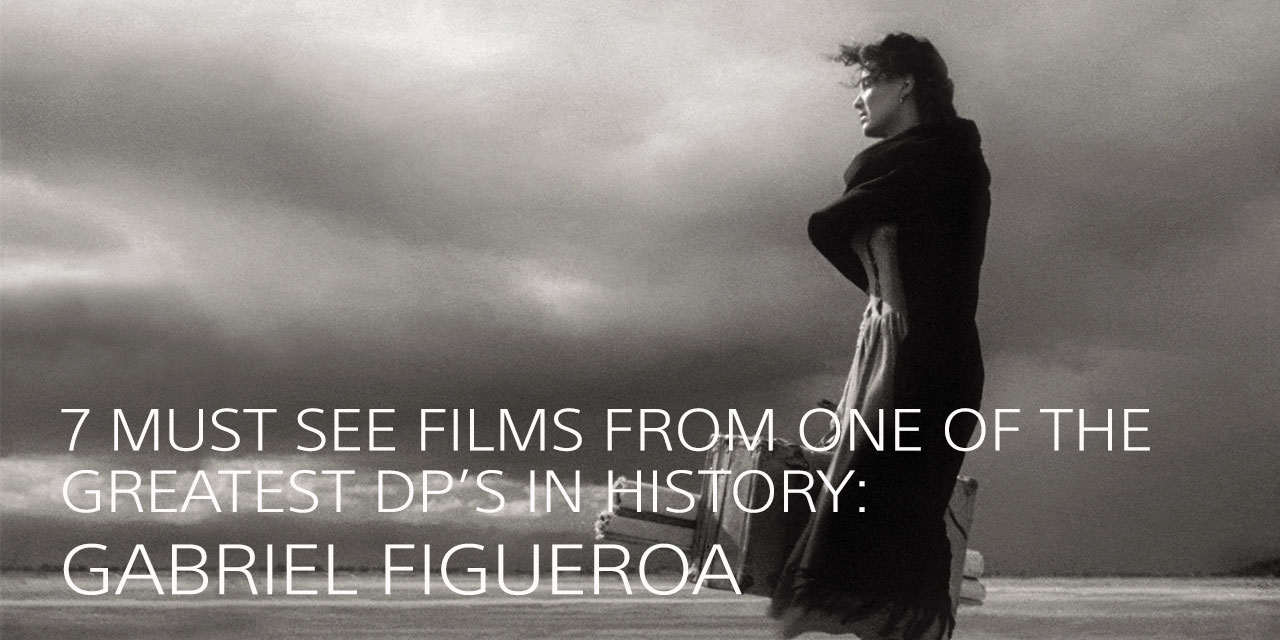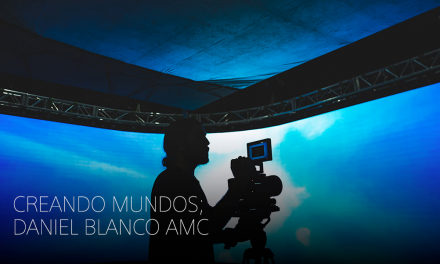In the meantime, we’ll spare you a trip to “Wikipedia” and point out that Figueroa shot more than 200 films over the course of his 90-year lifetime, many of which went on to win prizes at Cannes, Berlin, Venice, and a handful of Academy Awards. But don’t think we’re merely talking about a “good” cinematographer. No, we’re talking about one of the greatest visual artists in the history of world cinema, and the spiritual godfather of a line of world-renowned Mexican cinematographers that stretches down to undisputed modern masters like Emmanuel Lubezki and Rodrigo Prieto.

This is the man who essentially defined the moody, tenebrous look of the Golden Age of Mexican Cinema through his extensive work with director Emilio “El Indio” Fernández, in addition to groundbreaking collaborations with the likes of Luis Buñuel, John Ford and John Huston. His highly personal visual stamp can be found on films considered masterpieces of the art form, including Los Olvidados, El ángel exterminador, and Macario; and this month New Yorkers will be graced with an unprecedented look back at some of his most important films at one of the city’s most emblematic independent theaters.
While you should honestly just take these two weeks off from work and set up a tent outside of Film Forum, we’ve put together a list of top picks for those of you who might not have the luxury of a non-stop two week film binge.
This is part of the The two-week, 19-film retrospective of cinematographer Gabriel Figueroa’s work at Film Forum from June 5 – 18, 2015.
The Fugitive
Los Olvidados
Macario
Enamorada
The first collaboration of many between renowned Mexican director Emilio “el Indio” Fernández and Félix, Enamorada features Félix in the role of a wealthy young daughter from one of Cholula’s most elite families. When Mexican revolutionaries come to shake up the status quo, Félix’s character, headstrong Beatriz Peñafiel, feels nothing but revulsion toward the revolutionaries who challenge her way of life and thought. But the revolutionary leader José Juan Reyes, played by Pedro Armendáriz, falls hard for Beatriz and fights hard to win her. She fights right back, and Félix lets loose a funnier, feisty style in this film which takes The Taming of the Shrew as a classical comedic inspiration.















